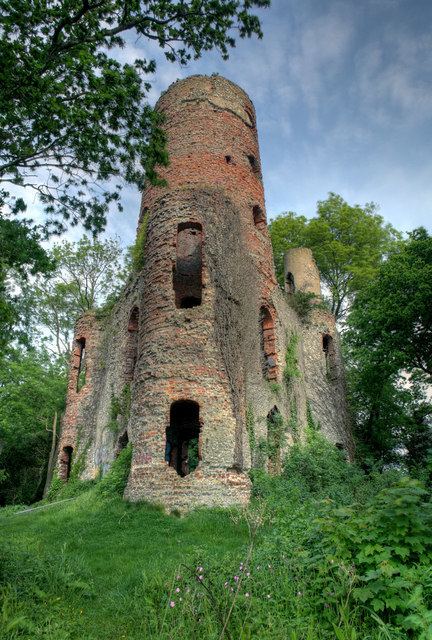Built 1766–75 Opened 1775 | Reference no. 974896 | |
 | ||
Address South Downs National Park, Stoughton, Chichester PO18 9DU, UK Similar Stansted Park, Lordington House, Fort Southwick, Fort Widley, Bursledon Brickworks Museum | ||
Ghostly folly racton monument near chichester
Racton Monument (known locally as Racton Ruin) is a folly situated on a hill in Racton, West Sussex, England. It was commissioned by the 2nd Earl of Halifax, possibly as a summerhouse for the nearby Stansted Estate, though an alternative theory suggests it could have been constructed so the Earl could watch his merchant ships dock at the nearby port village of Emsworth.
It was designed by architect Theodosius Keene, son of Henry Keene, and constructed between 1766 and 1775. It was designed with a triangular base, with a round turret at each angle. Of a red brick construction, the building was originally faced with flints and stood four storeys high (80 feet (24 m)), a height it retains to this day. However, it has been abandoned for over a century and is in a state of ruin, with the floors and much of the original flint facing having disappeared, and its roof caving in.
It is owned by a private owner (Mrs Ros Veltom and Mr Chris Veltom of Sindles Farm) who has planning permission to turn the monument into a dwelling, though these plans are yet to materialise, if ever. Its isolated nature, being set away from populated places and major roads, has led to several cases of suicides at the monument, most recently in 2009. Occult acts are known to take place on occasion there. The monument is also popular with paranormal investigators visiting to investigate reported paranormal activity at the site. Witnesses claim to have seen bricks thrown from above, heard ghostly shouts, and intrigue surrounds the myth that the folly may have been used by smugglers.
